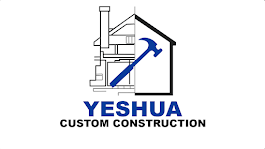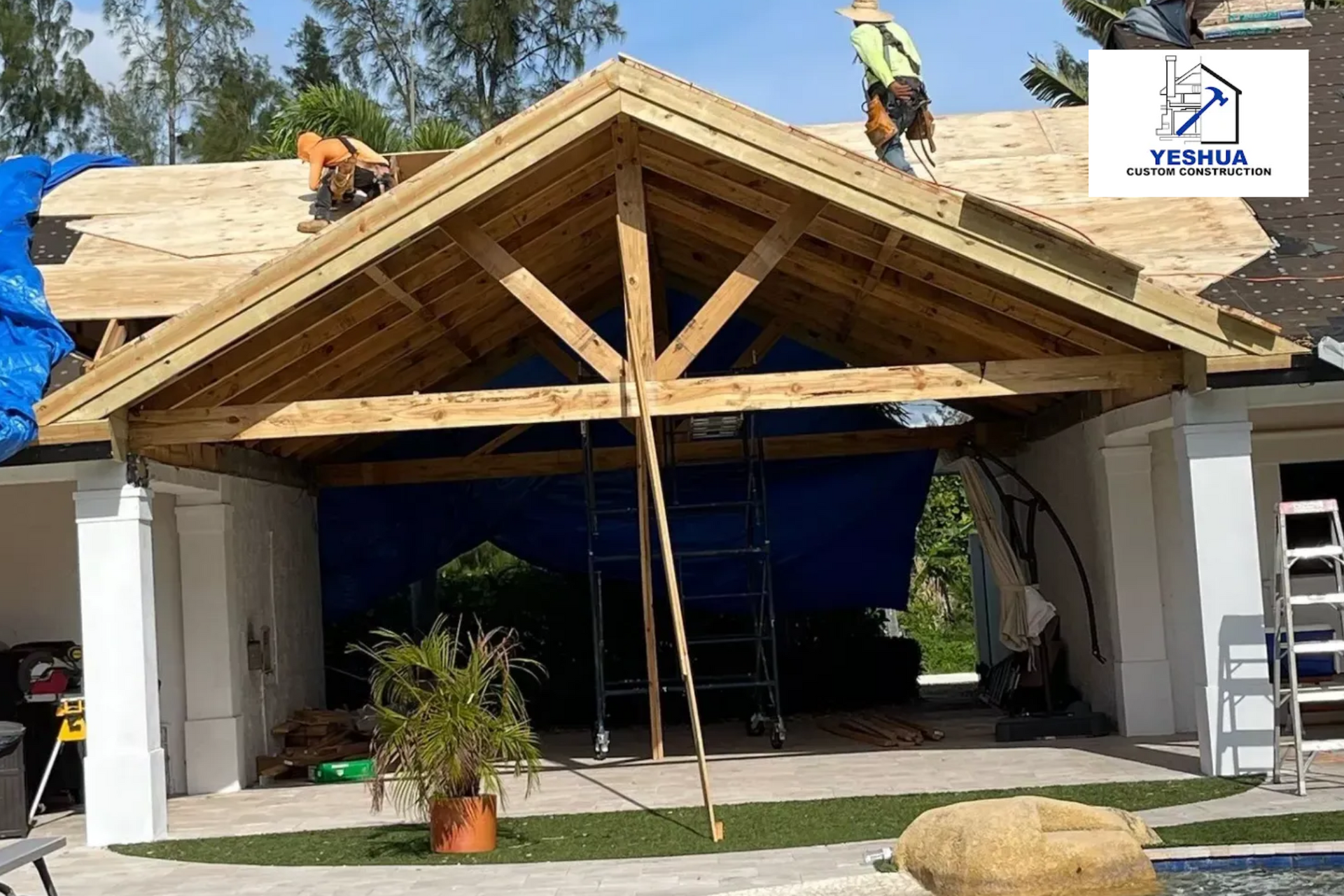Blog
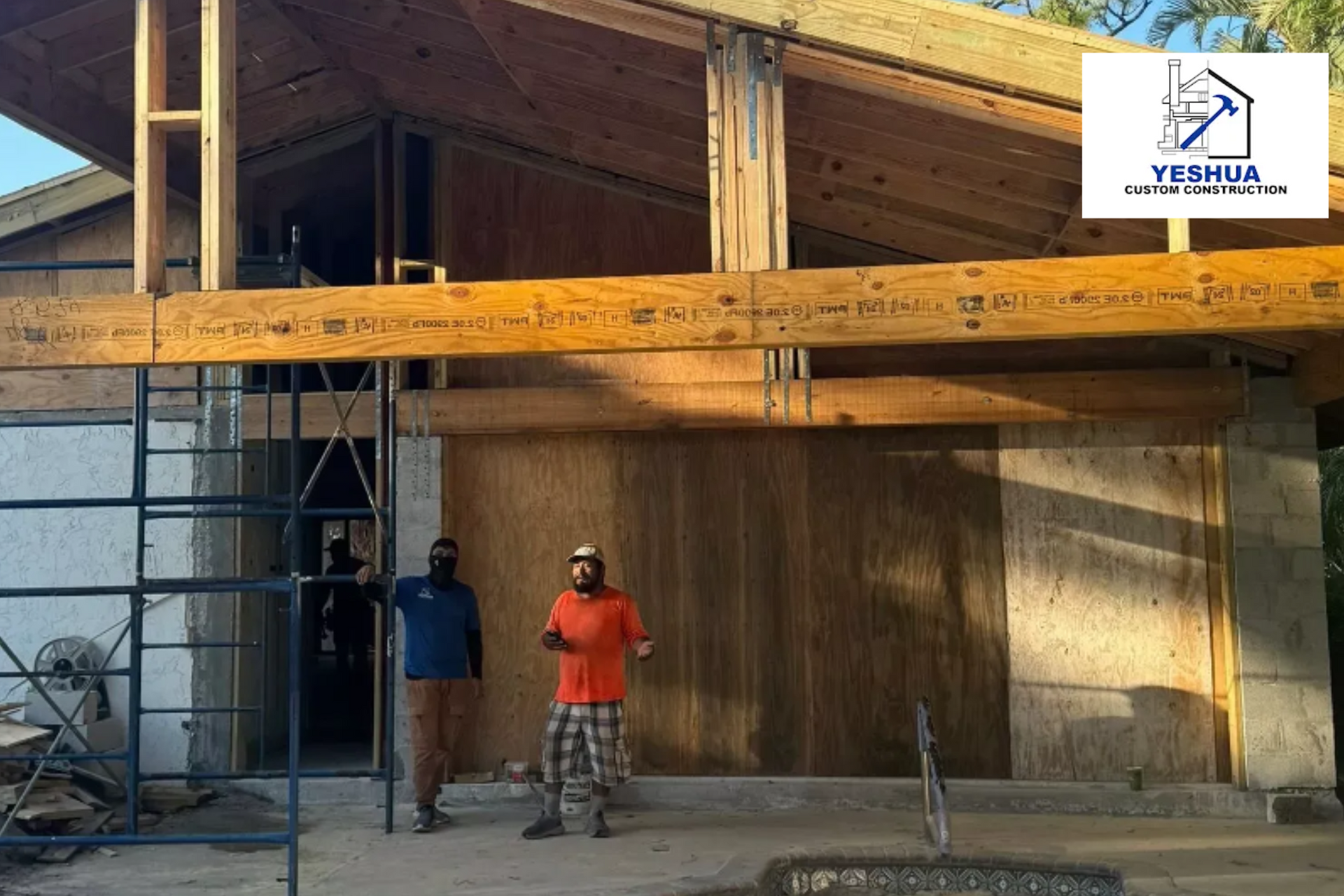
Cracks in your driveway or exterior stucco can be more than just a cosmetic issue. They often signal underlying problems that may impact the safety, appearance, and value of your property. Understanding what these cracks mean, why they happen, and how to address them is essential for every homeowner or property manager. This article will explain the common causes of driveway and stucco cracking, the potential risks if left untreated, and why timely professional repair is crucial. We’ll also highlight how expert stucco repair Jupiter FL services can help protect and restore your property.
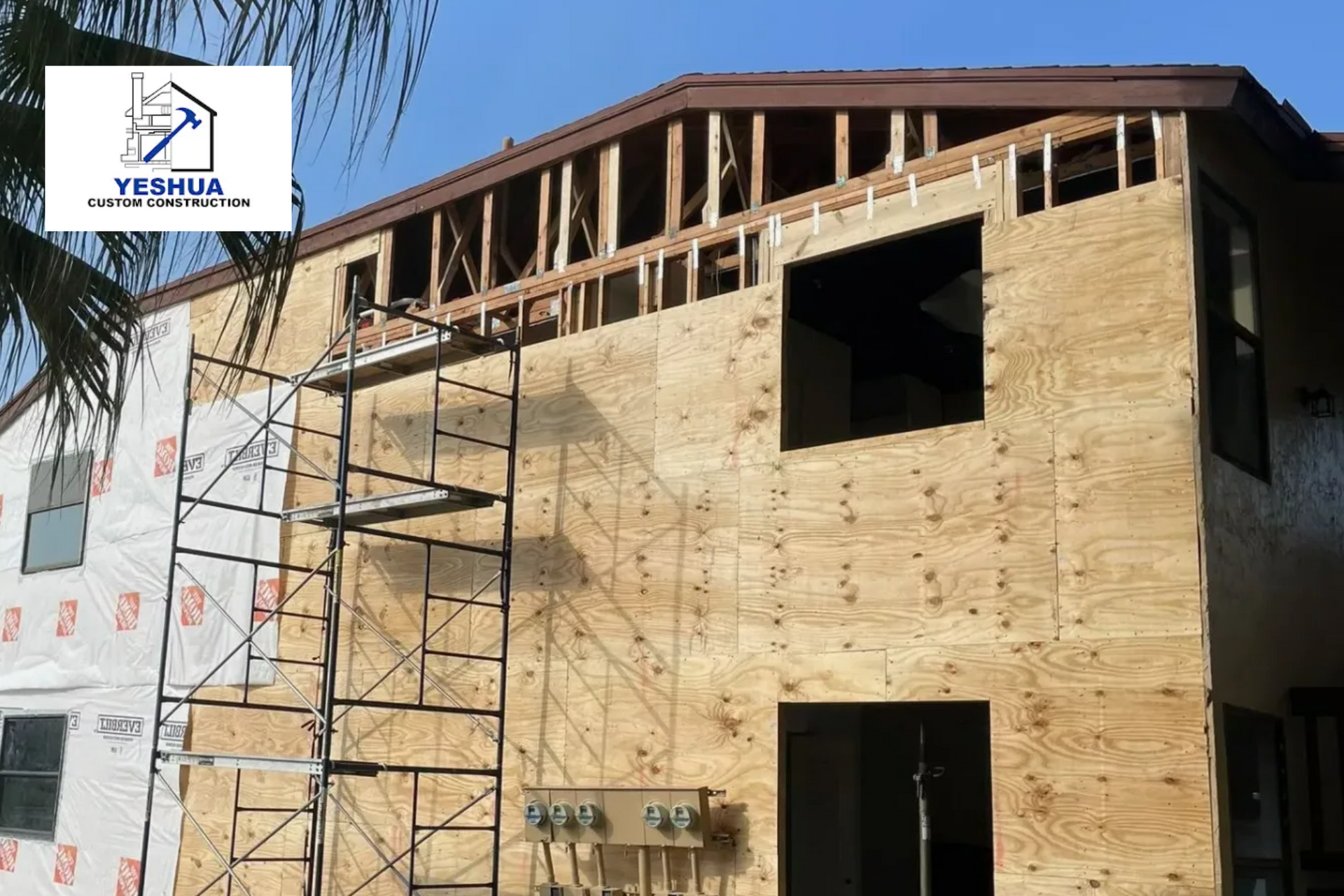
When it comes to construction and remodeling, the quality of drywall installation and metal framing plays a crucial role in the overall success of a project. Whether you are building a new home, renovating a commercial space, or repairing existing structures, the integrity of these foundational elements directly impacts safety, durability, and aesthetics. Choosing professional drywall and metal framing services ensures your build meets industry standards, stands the test of time, and provides a comfortable living or working environment. In this article, we’ll explore why professional drywall and metal framing are essential in every build, the benefits they offer, and what you should consider when hiring experts for your project.

Your kitchen and bathroom are two of the most-used rooms in your home. Whether you’re preparing meals, taking a shower, or getting ready for the day, these spaces should be functional, comfortable, and energy-efficient. But if your kitchen or bathroom is outdated, it might be doing more harm than good especially when it comes to your utility bills, home value, and overall comfort. Many homeowners overlook the small (and not-so-small) signs that their kitchen or bathroom needs updating. But ignoring these clues can end up costing you money every month. Here are the most common signs that it might be time to consider renovations Jupiter FL and how making the right updates can improve your home's efficiency and value.
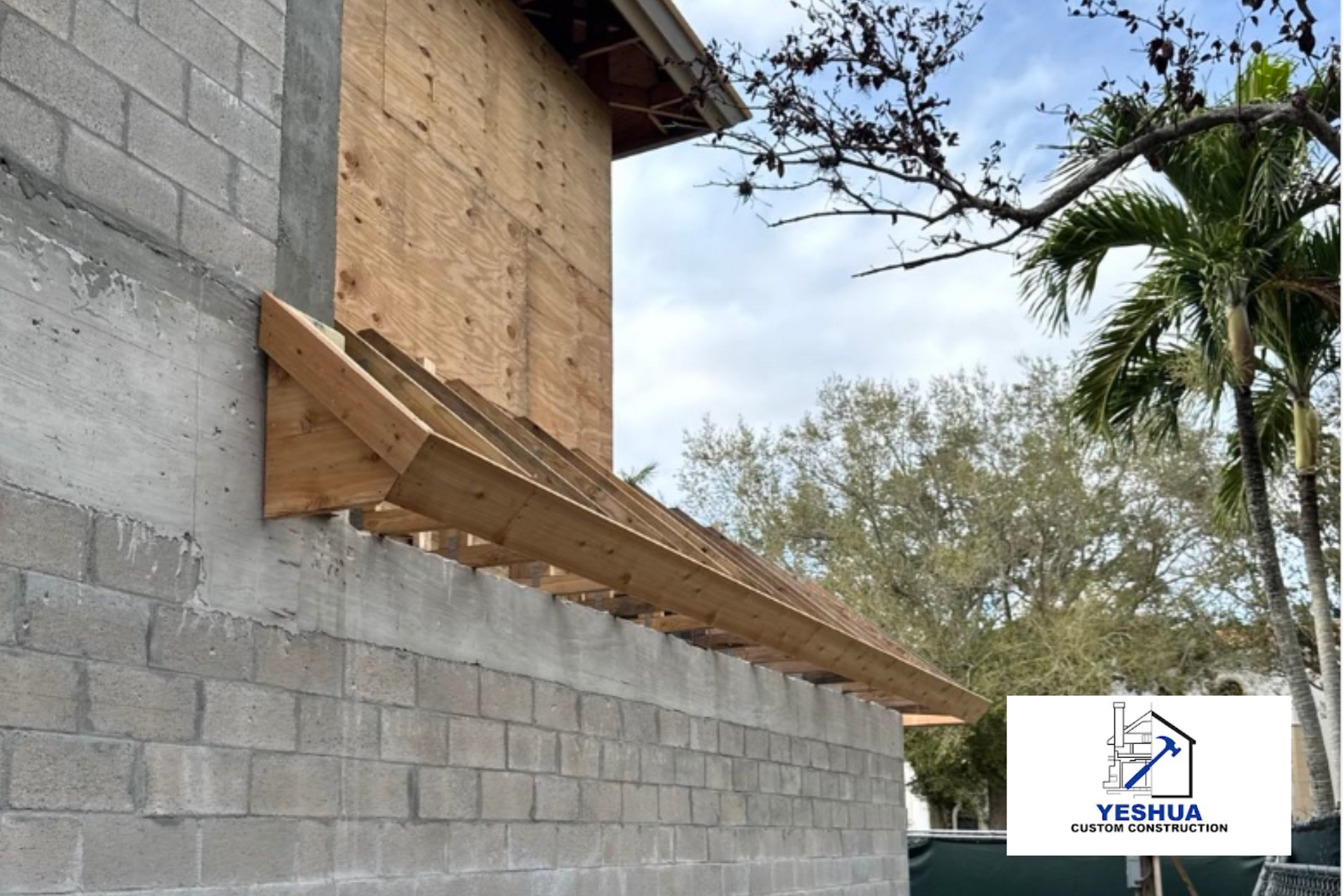
Owning a home is more than just having a place to live—it’s one of the most important investments many people will ever make. But what if that investment is quietly declining in value without you even realizing it? While homeowners often focus on market trends, interest rates, and curb appeal, hidden issues inside and outside your home can gradually erode its worth. Identifying these factors early on is key to protecting your equity and long-term investment.
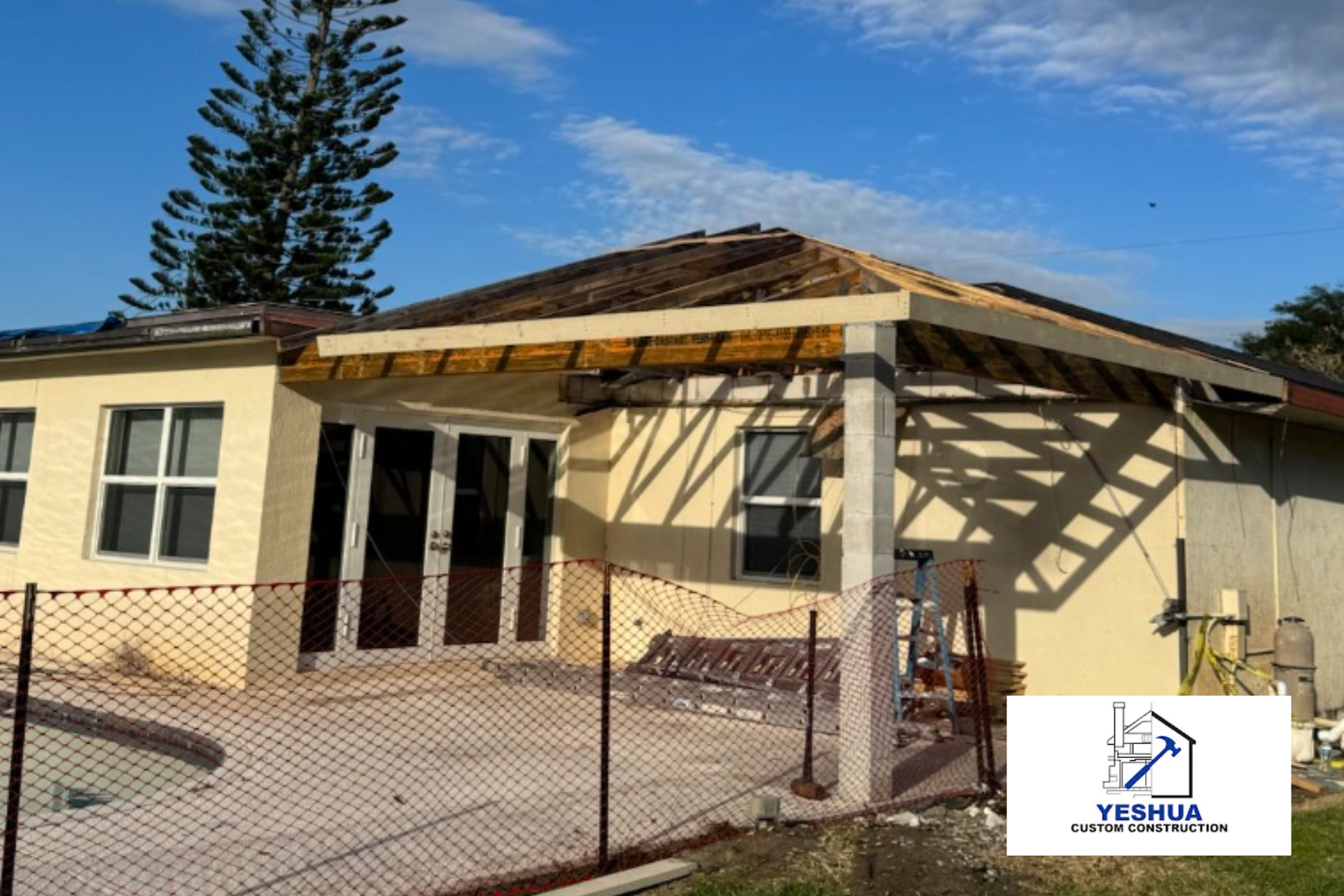
When you walk into your home, everything might seem perfectly in place. The paint looks fresh, the décor is just right, and your space feels like the safe, comfortable environment you’ve worked hard to create. But what if behind those walls—just inches away from where you relax, sleep, and cook—something damaging is quietly developing? The truth is, many homeowners are unaware of what’s hiding behind their walls until the damage is already done. From moisture buildup and mold to pest infestations and faulty wiring, the unseen components of your home can affect everything from your health to the structure of the house itself. Here’s why what you don’t see can hurt you—and your investment.

Buying or building a dream home is one of the biggest milestones for any homeowner. It’s the culmination of careful planning, long-term savings, and a personal vision. But behind the fresh paint, polished floors, and picture-perfect landscaping, there could be hidden dangers that threaten your safety and your investment. Many homes that appear flawless on the surface may contain structural, electrical, or environmental hazards that aren’t immediately visible. These issues not only compromise the integrity of the home but also pose serious risks to the health and safety of those living in it. Here’s what you need to know about why your dream home might not be as safe as you think.
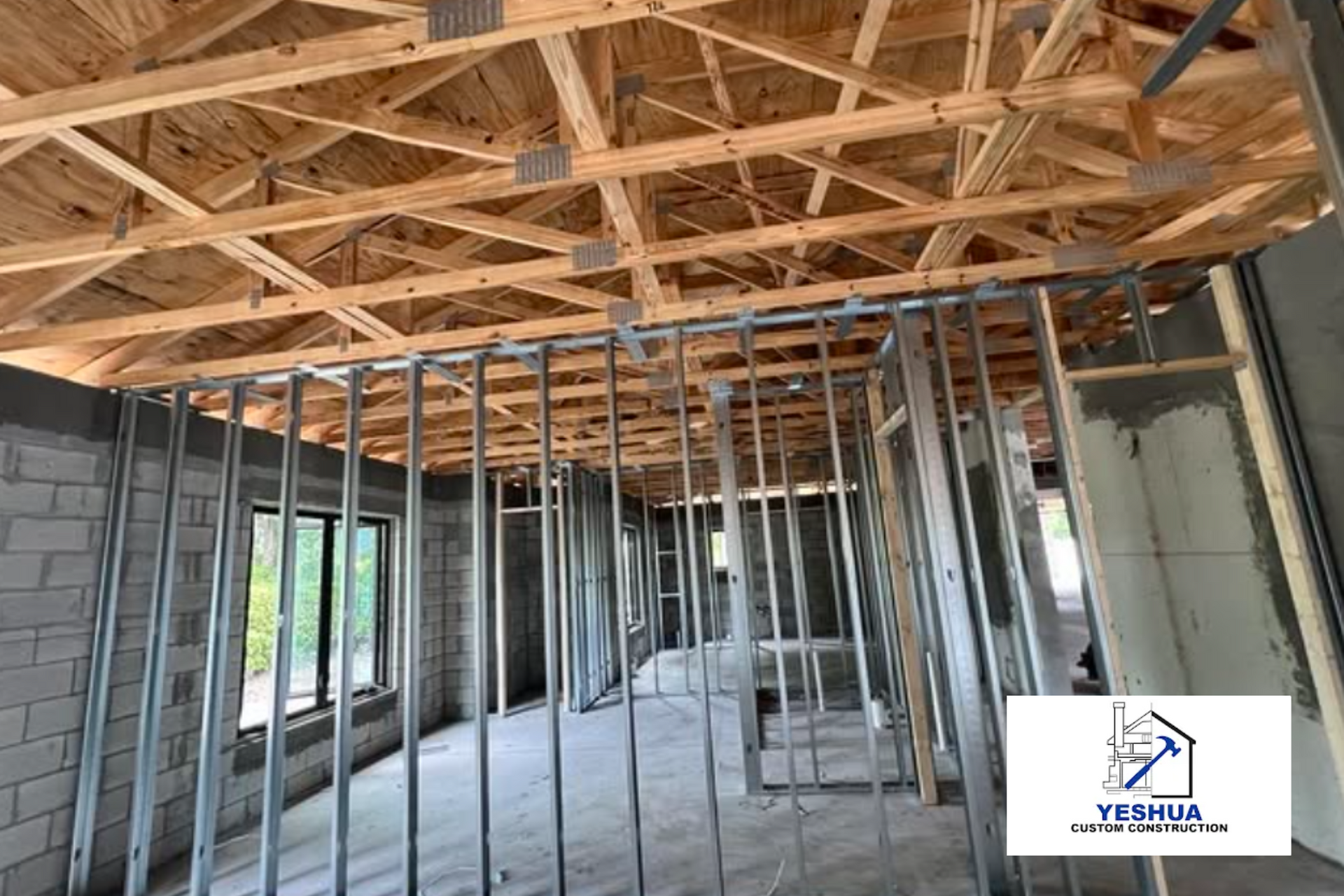
When it comes to owning or selling a home, one of the most overlooked factors is curb appeal. It’s the first impression a property makes, and whether you’re a homeowner or potential buyer, it plays a larger role than many realize. Curb appeal isn’t just about aesthetics — it influences property value, neighborhood perception, and even your sense of pride in your home. Let’s take a closer look at why curb appeal matters more than you think — and what it means for your property in practical terms.
